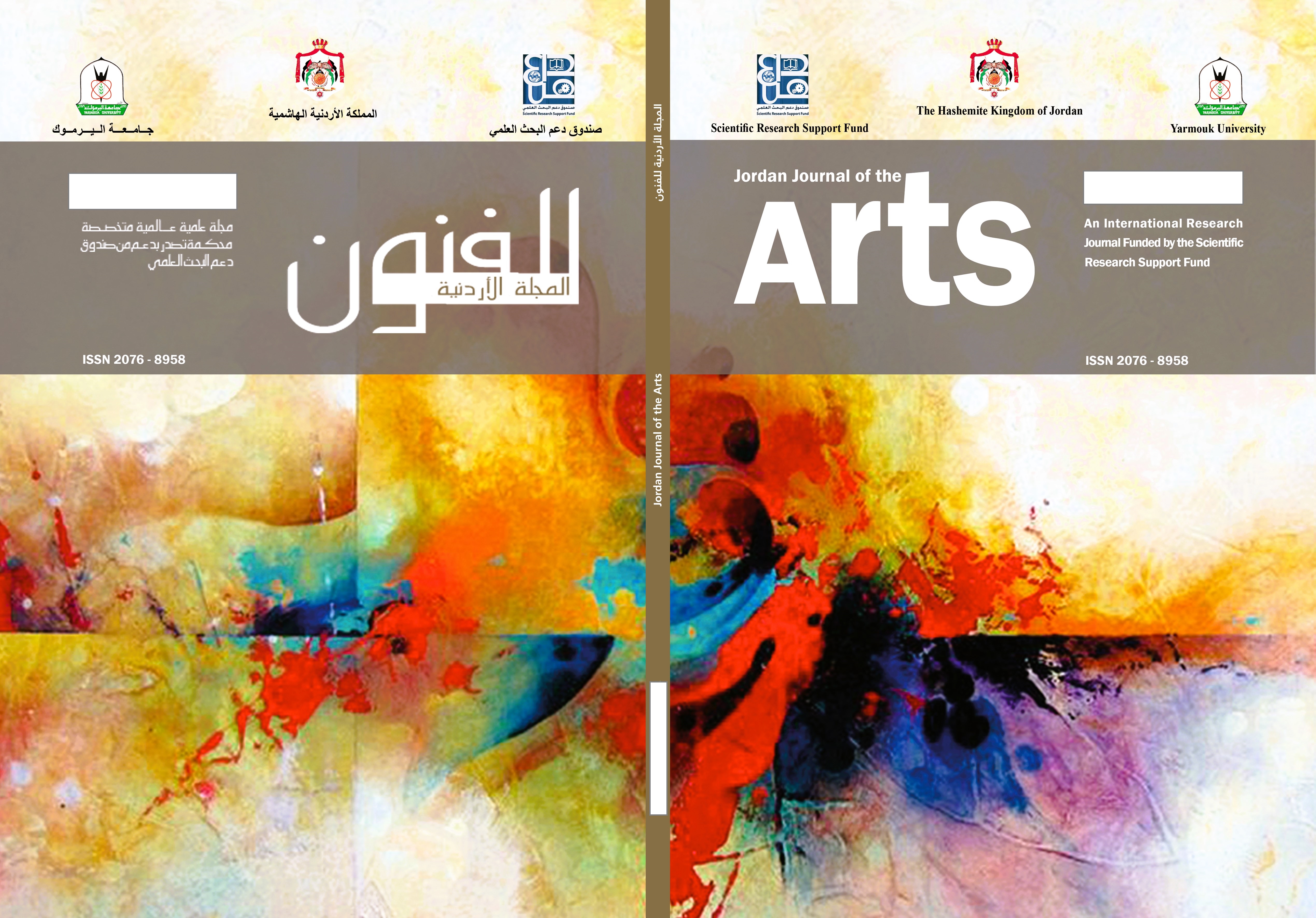New Roles of the Museum According to the Contemporary Cultural Changes
Keywords:
art museum, new roles of the museum, museum visitors, museum architecture, museum education, museum marketing, museum economics.Abstract
The museum will continue، as it has throughout its relatively long history، to fulfill its vital role for which it was established and developed; namely، preserving، caring for، and displaying the objects that constitute its collection. The research problem، however، is that many museums around the world، while carrying out this essential function، have come under significant pressures، most notably lack of funding and insufficient visitor appeal. This، in turn، necessitates urgent administrative development to address emerging problems and to activate new roles that have increasingly drawn attention. This situation requires examining the critical condition of museums and attempting to provide suitable solutions. The study assumes that، since the end of the last century، technological، economic، political، and social changes have compelled museums to adapt by developing their traditional roles and adopting new functions that ensure their continued effectiveness. The importance of this research lies in raising questions that are often addressed by museum administrators، supporters، and beneficiaries – the key stakeholders connected to the museum’s existence – in order to reaffirm its significance، redefine its objectives، and renew the means of achieving them.
To examine these changes across today’s different dimensions and their impact on the museum، the research uses a descriptive approach، surveying ideas from various sources to cover related subtopics، with the aim of discussing the fundamental aspects that directly affect the most important new roles museums must undertake. Accordingly، the study seeks to identify and highlight these new roles and clarify their value in strengthening the museum’s educational، cultural، and recreational presence. The research proceeds in several steps: it begins by presenting the concept of the museum and tracing the development of its administration to assess its alignment with the nature of contemporary society and with emerging modes of communication، particularly at a time when museums have multiplied worldwide، become increasingly specialized، and grown more expensive to operate. It then discusses how the museum has become a site for learning and entertainment، requiring innovations in methods and techniques of display that employ suitable themes enabling visitors to enjoy the works and obtain information relevant to their daily lives. The study concludes by emphasizing the new attitude toward the visitor: understanding his/her interests and purposes. It recommends that museum administrators and staff must recognize and meet visitor’s needs. It further advises reliance on tools that enhance the museum’s effectiveness in today’s world، particularly digitization and marketing، in order to attract visitors، diversify sources of income، and ensure the sustainability of the museum in fulfilling both its original role and its newly emerging roles.


